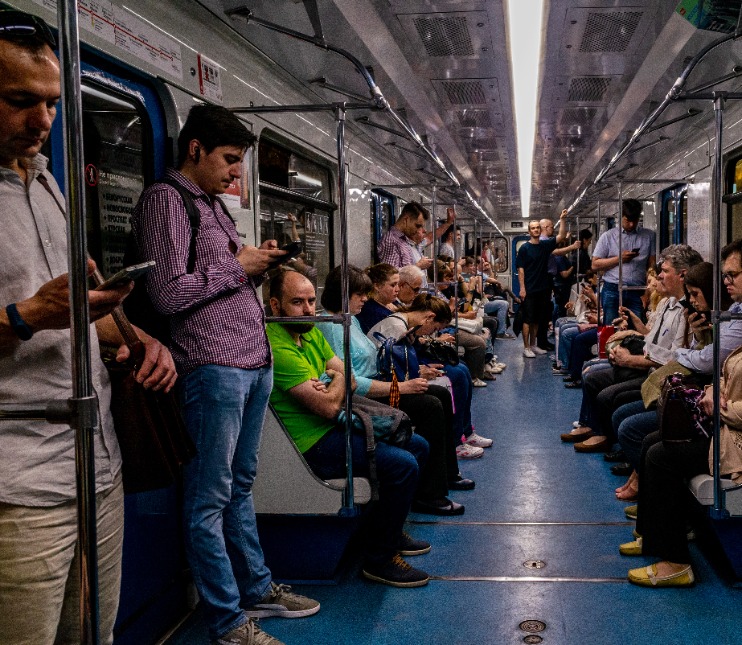Why Russians do not smile

Why Russians Do Not Smile? 🇷🇺😐
Understanding the Cultural Roots of the “Russian Smile Myth”
Have you ever visited Russia or met a Russian abroad and thought, “Why don’t they smile?” You’re not alone — this perception has puzzled many tourists and Westerners. But the truth is far more fascinating than the stereotype suggests. In this blog post, we’ll dive into the cultural, historical, linguistic, and psychological reasons why Russians are often seen as less smiley — and why that doesn’t mean they’re unfriendly at all.
🧊 A Cold Smile? The Stereotype Explained
The stereotype of the unsmiling Russian is deeply embedded in global pop culture — from spy thrillers to news footage. Western visitors often interpret this as aloofness, hostility, or even rudeness. But in Russian society, not smiling to strangers is a social norm — not a sign of bad mood.
This is important to understand for visitors: in Russia, emotional expression is often reserved for close relationships, not public interactions.
🕰️ Historical Context: Smiling Wasn’t Always Smart
Let’s rewind.
- Soviet Era Influence: During the USSR, life was often tough — food shortages, government surveillance, and rigid bureaucracy shaped everyday existence. Smiling without a reason was considered strange or even suspicious.
- Practical Survival: In a society where trust had to be earned and private emotions were kept hidden, people learned to avoid unnecessary displays of joy in public.
Additionally, propaganda and conformity were key themes in Soviet life. Smiling without cause might be interpreted as being subversive or not in line with the collective struggle. Many citizens grew up learning that neutrality was safe, and smiling could make you stand out in an undesirable way.
💬 Russian Language and Smile Psychology
The Russian proverb says:
“Смех без причины — признак дурачины.”
(“Laughter without a reason is a sign of foolishness.”)
This alone tells you a lot.
In Russian culture, a smile should reflect genuine emotion, not politeness. Smiling without reason can be seen as dishonest, insincere, or naive. That’s why in formal situations — stores, offices, and the metro — Russians tend to keep a serious face.
Language also plays a part. Russian has very precise emotional vocabulary, which allows people to express subtle feelings with words rather than facial expressions. This emphasis on verbal over visual cues may reduce the perceived need for smiling.
👥 Smile as a Social Contract (or Not)
In the West, especially in the U.S., smiling is a social lubricant — a way to show friendliness, openness, and agreeableness. In Russia, it’s more private and personal:
| Context | Western Norm | Russian Norm |
|---|---|---|
| Greeting a stranger | 😊 Yes | 😐 No |
| Customer service | 😄 Always | 😐 Only when needed |
| Taking photos | 😁 Expected | 😐 Optional or serious |
| Meeting friends | 😊 Of course | 😊 Absolutely |
So yes — Russians do smile — but mostly with people they know and trust.
It’s also worth noting that Russian smiles are not performative. In many Western countries, a smile may be part of a professional mask. In Russia, a smile is an emotional event, not a costume.
🧠 Cultural Differences in Emotion Display
According to studies in cross-cultural psychology:
- Russia is a “high-context” culture — people rely more on tone, relationships, and context than on visible expressions.
- The U.S. and Western Europe are “low-context” cultures, where outward expressions (like smiling) play a stronger communicative role.
This means that what counts as polite or friendly in one culture might seem shallow or even fake in another.
Furthermore, research shows that people in high-context cultures tend to place more trust in long-term relationships and emotional sincerity than momentary gestures like smiles.
🌏 Regional Variations Within Russia
It’s important to remember that Russia is vast — stretching across 11 time zones. Cultural norms can differ between regions.
- In big cities like Moscow and St. Petersburg, people may seem even more reserved.
- In smaller towns and among ethnic minorities (such as in Dagestan or Yakutia), people may be more expressive and open.
These regional nuances remind us that “Russians don’t smile” is a generalization — not a rule.
❤️ When Russians Smile — It’s Real
Ironically, when you do see a Russian person smile, it’s often deeply sincere — a reflection of genuine joy, humor, or affection. Russians value emotional authenticity over surface-level charm.
And once you become friends with a Russian? You might see some of the warmest, most heartfelt smiles you’ve ever encountered.
Smiles in Russia are often saved for:
- Family and close friends
- Children and babies
- Humorous or celebratory moments
- Private conversations
In this sense, a smile in Russia is a gift — not a transaction.
🌍 Final Thoughts: Smiling Isn’t Universal
So, why don’t Russians smile? Because in their cultural worldview:
- Smiling is not a duty — it’s a reflection of truth.
- A smile isn’t for strangers — it’s for people you care about.
- Being serious doesn’t mean being unfriendly — it means being real.
When you understand this, you’ll start to appreciate the rich emotional world beneath the reserved exterior. You may even find that the Russian approach to smiling makes those rare smiles even more meaningful.
🧠 Fun Fact:
Russia is one of the only countries where smiling in a passport photo is not allowed — because the expression must be neutral and serious to avoid confusion in official documents.










